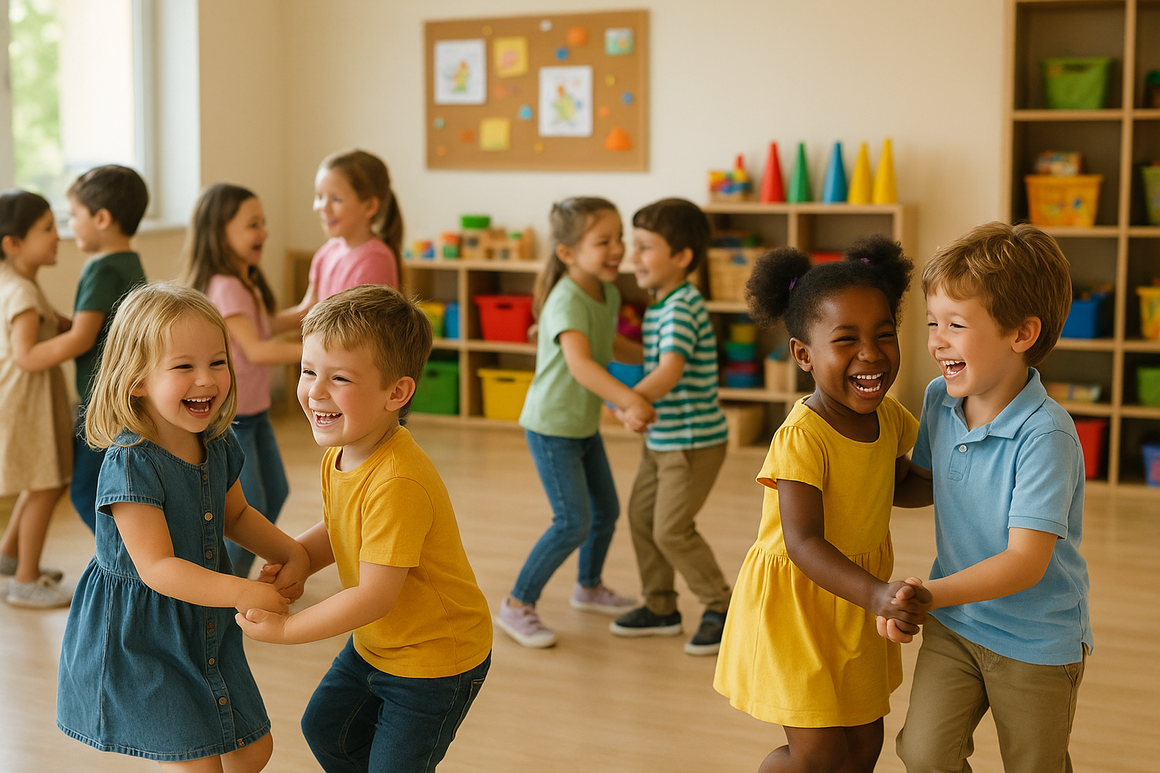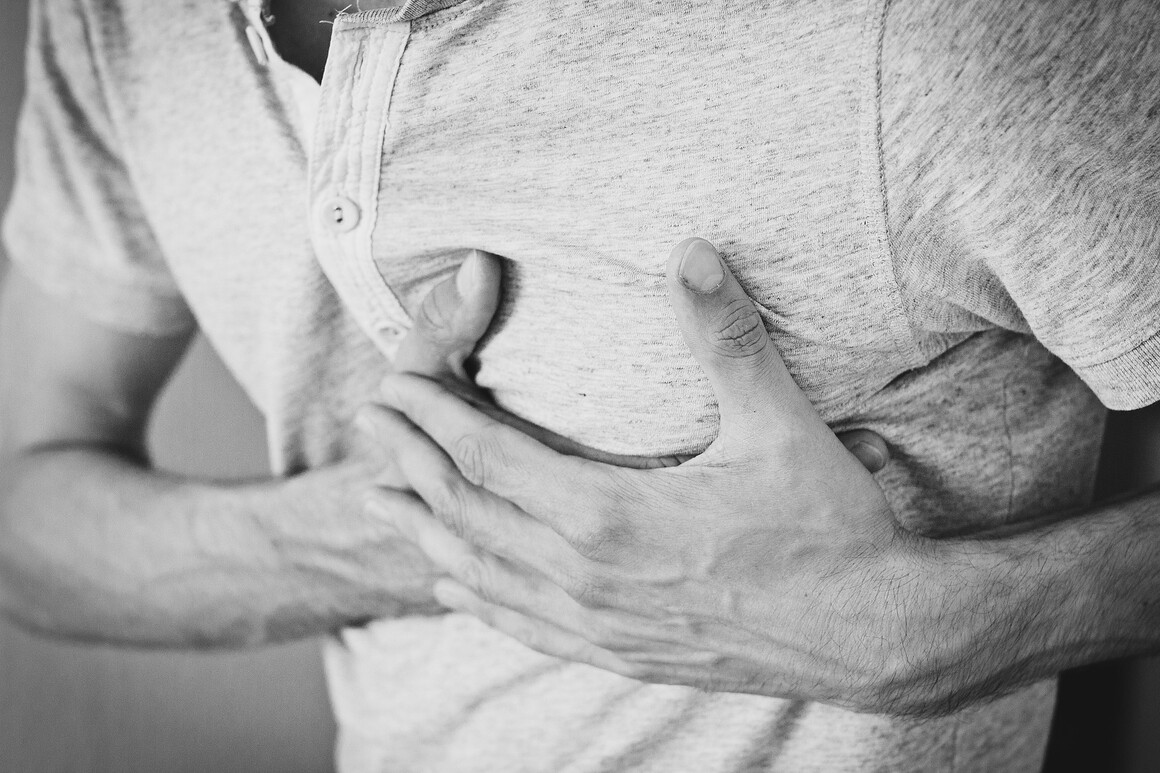NEUROTANGO® (reg. in EU)
NEUROTANGO® WILL SURPRISE YOU...
When people first hear "Neurotango®," neurological diseases often come to mind. This association holds true, as the primary focus of Neurotango® practitioners and masters revolves around addressing such conditions. This is where the greatest changes and improvements have been observed. Within approximately 6 weeks, individuals with Parkinson's disease attest to experiencing a renewed lease on life.
But this is only a small part of Neurotango® and the use of Neuro Technical Tools (#NTT).
Doctors, therapists, and coaches use Neurotango® for a variety of problems and diseases. Not to forget the coaching area for companies and executives who discover new leadership qualities. The body language communication principle of leading and following makes this perceptible and tangible.
NEUROTANGO® APPLICATION EXAMPLES
MILESTONES
OBSERVED EFFECTS OF NEUROTANGO®
Physical:
Musculature and strength, mobility, responsiveness, cardio-/circulatory system, blood flow to internal organs, exhalation into the movement (instead of before), equilibrium through opposite body movements (dissociation), postural stability through the 2-axis system, pelvic mobility, faster stop and go by beating the music, hand/foot sensory motor skills, fine motor skills and accuracy, muscular tension and relaxation, nerve connections to the extremities. body awareness. alertness, liveliness.
Psychic:
Contact skills, relationship skills, bonding skills, leadership
and consequences, empathy, balance, serenity, freedom from constraint, respect, social competence, freedom from fear, expression, Self/other perception, dealing with power, boundaries
Tolerance, courage, autonomy, determination, self-efficacy
expectation of time, self-management, self-care, appreciation,
Consideration, closeness and distance, coping, experiencing boundaries.
Cognitive/neurological:
Decision-making, concentration, memory, alertness, opening creativity, new interests, music appreciation, better sensory perception, new synapses formed, improved brain-areal interaction, improved spatial perception, mental flexibility, Stamina, counting, multitasking, communication skills, music understanding, recurrent memories, improved over cognitive-motor and neuro-motor aspects.
Social:
Social influences arise from both physical and psychological factors, often coinciding with various scales of life changes, ranging from minor adjustments to profound transformations.







